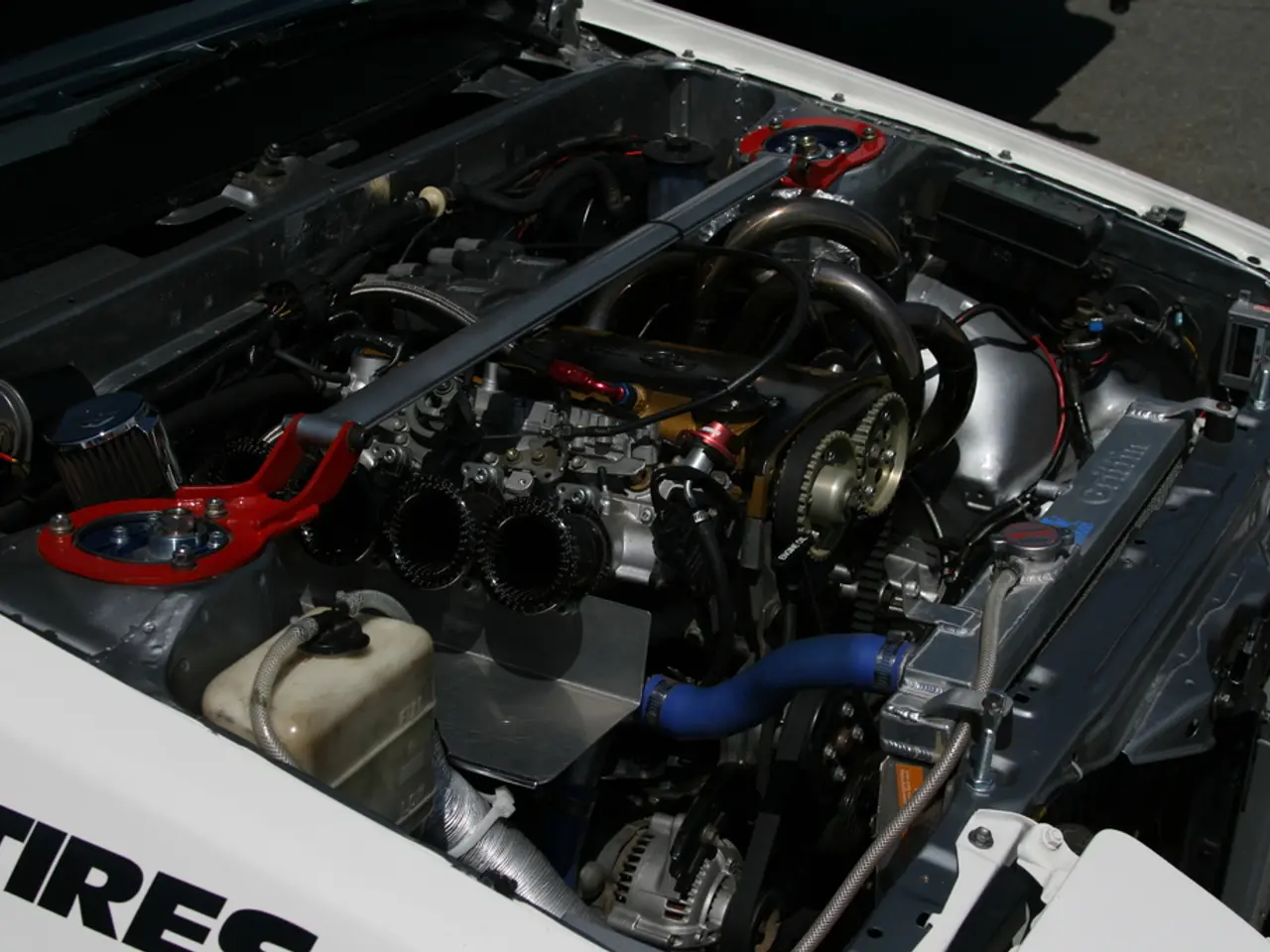CATL's "salt battery" raises questions about cost-effectiveness in electric vehicles, but also potential sacrifices in chemical composition.
### Sodium-Ion Batteries Offer Cost-Effective and Environmentally Friendly Alternative to Lithium-Ion
In the rapidly evolving world of electric vehicle (EV) technology, a new player is emerging: sodium-ion batteries (SIBs). These batteries, developed by CATL, a Chinese battery giant, are gaining attention for their potential to revolutionize the EV industry, particularly in cost-sensitive and environmentally conscious markets.
One of the key advantages of SIBs is their cost-effectiveness. Unlike lithium-ion cells, SIBs use raw materials that are more readily available and less expensive, such as sodium carbonate. This is significant as lithium prices have surged—over 700% since 2021—due to increasing demand. The abundance of sodium reduces raw material costs and vulnerability to supply chain disruptions.
Another advantage is the adaptability of existing lithium-ion battery production lines for SIB manufacturing. This facilitates faster scaling and production ramp-up, potentially lowering equipment costs for the new battery chemistry.
SIBs also offer several safety and environmental benefits. They can be discharged to zero volts safely for storage and transport, unlike lithium-ion batteries (LIBs), which require careful handling to avoid thermal runaway risks. Sodium is more abundant and does not rely on geographically concentrated or geopolitically sensitive resources like lithium and cobalt, reducing both environmental and ethical concerns.
However, SIBs do have some drawbacks compared to LIBs. They currently offer energy densities of 140–160 Wh/kg, whereas LIBs—especially high-nickel chemistries—can exceed 250 Wh/kg. This results in shorter driving ranges for EVs using sodium-ion technology. SIBs typically have a cycle life around 5,000 cycles, which is less than advanced lithium-iron-phosphate (LFP) batteries (8,000–10,000 cycles). SIBs also experience a roughly 50% voltage drop compared to LIBs, which may require redesigns of vehicle power electronics and inverters, complicating integration into existing EV platforms.
Despite these challenges, CATL's sodium-ion batteries present a compelling alternative for cost-sensitive and environmentally conscious EV markets, especially where moderate driving range is acceptable. They address critical issues of cost, supply chain, and safety. For now, sodium-ion batteries are best positioned as a complementary technology, particularly in urban, entry-level, or heavy-duty applications where lifecycle cost and ethical sourcing matter more than maximum range.
CATL plans to launch mass production of sodium-ion batteries for mainstream EVs within this year, and their "Naxtra" battery for passenger vehicles is scheduled to launch by December. The energy density of CATL's sodium-ion batteries (150-175Wh/kg) is significantly lower than that of NCM cells (approximately 500Wh/kg), but they are expected to offer a greater cost advantage over CATL's current lithium iron phosphate offerings.
As the global sodium-ion battery market is projected to grow from $18.2 billion in 2025 to $203.2 billion by 2032, Korean battery manufacturers are closely monitoring this technological trend. Only CATL has started mass production of sodium-ion batteries for EVs, while others are yet to begin mass production of LFP cells for EVs. SK On CEO and President Lee Seok-hee stated the need to closely monitor technological trends in sodium-ion cells for the budget-friendly EV market.
In conclusion, while sodium-ion batteries have some drawbacks compared to lithium-ion, they offer a promising alternative for cost-sensitive and environmentally conscious EV markets. As production scales up and technological advancements continue, sodium-ion batteries could become a significant player in the EV industry.
In the world of personal-finance, investing in technology companies that focus on data-and-cloud-computing and artificial-intelligence, such as those developing SIBs, could be a strategic move. With CATL's mass production of SIBs for mainstream electric vehicles, the potential for wealth-management in the EV industry, particularly in the budget-friendly market segment, is significant.
As the global market for sodium-ion batteries is projected to grow exponentially in the coming years, opportunities for interest in sports-betting may also arise. The competition among battery manufacturers, particularly Korean ones, could lead to fluctuations in the stock market, offering potential avenues for smart investing.
The development of SIBs not only impacts the EV industry but also contributes to a more sustainable future, aligning with principles of environmental-consciousness that many individuals prioritize in their personal-finance decisions.
However, it's important to note that sodium-ion batteries, like any emerging technology, come with their own set of challenges and risks. It's crucial to conduct thorough research and seek advice from experts before making any investment decisions in this field.




